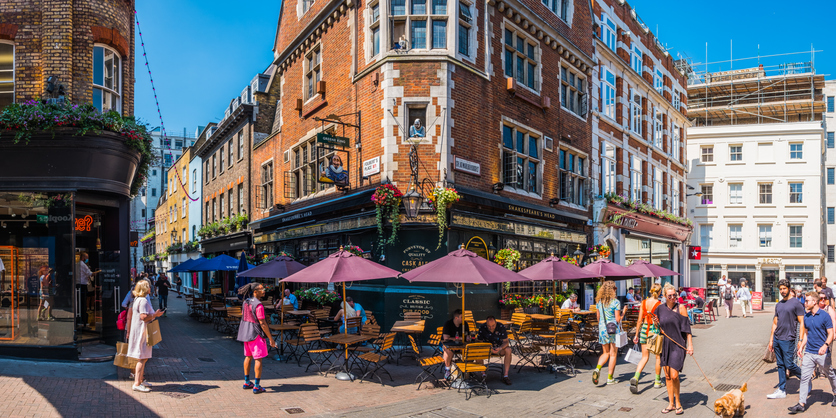A report has found that 24.8 per cent of online purchases are abandoned by shoppers due to poor delivery choices, high delivery fees and slow delivery speeds.
Retailers are losing up to £31.5bn a year because of online basket abandonment driven by ‘frustrations’ like these.

Source: Retail Economics
The Battling Basket Abandonment report by GFS and Retail Economics said that 83 per cent of retailers believe they deliver the service their customer needs while only 48 per cent of consumers agree.
Three out of five retailers offer express or next-day delivery while less than half provide nominated delivery or parcel pick-up points. Consumers expect a minimum of five delivery options and, at the moment, pure online non-food retailers offer less than three delivery options on average. A survey of over 100 retailers revealed that higher operational costs and overhead of working directly with multiple carriers are the main barriers to expanding consumer delivery choice.
Parcels left in insecure places, poor packaging and difficulties returning items are among the biggest complaints. More than a third (35 per cent) of consumers say that the returns process is a significant frustration compared with just under a quarter (24 per cent) of retail brands.

Source: Retail Economics
Chief executive at Retail Economics, Richard Lim, said that consumer expectations were ‘higher than ever before’ and they showed ‘little tolerance’ for retailers who didn’t shape up.
Bobbie Ttooulis, executive board member at GFS, said: “The research validates, and more importantly puts a value on, what we’ve always known to be true: that lack of delivery options results in lost sales at the checkout. In our experience, retailers are well aware of this, but struggle to overcome the internal costs and complexities.”
Tips to reduce abandoned cart rate
Here are a few quick tips to help you reduce the number of baskets abandoned at checkout.
Give those with an abandoned cart an incentive to complete their purchase
If a customer leaves a basket, you can offer them money off their purchase, such as a 10 per cent discount. Focus on keeping your messaging in line with your branding.
Consider a different courier
Some customers are put off by couriers who have a bad reputation. It may be worth considering who you partner with.
Be upfront about delivery costs and delivery times
The last thing your customer wants it to be smacked with hidden fees when they’ve almost completed their purchase. Be transparent about this, putting it on your business homepage – companies tend to include these details in the website footer.
Let customers checkout as guests
Creating an account for a one-off purchase is a hassle. To counter this, include a ‘checkout as a guest’ option – it’s handy for customers who are in a hurry too.
Keep your checkout process short and to the point
Speaking of which, your checkout process should follow a logical pattern, starting from viewing the basket through to a confirmation page at the end of the purchase.
Have a reasonable returns policy
People might not even purchase at all if they won’t be able to return items that are faulty or unsuitable. This is especially true for larger purchases such as furniture.
Address website speed
Online shoppers are often diligent, looking out for safety certification, website load times and data protection measures. You can deal with slow website speeds by reducing the size of your images and reducing the number of redirects your website has. Read more at How to prepare your website for Black Friday traffic.
More on e-commerce
Six handy tips to boost your e-commerce store sales – Hardik Oza suggests six handy tips to boost your e-commerce store popularity and sales
Making e-commerce returns easier for customers – Here, we give a handful of tips to make e-commerce returns easier for customers, and reveal why this is an important consideration
Six tips for small businesses to master e-commerce – Here are some best practices for providing excellent customer support to your e-commerce customers





